Social Media Trends 2025: What South African Brands Need to Know
Social media is evolving faster than most teams can keep up with, and chasing every new trend is not a strategy. According to Hootsuite’s 2025 Social Trends report, the brands seeing real results are not the ones copying viral dances or jumping on every meme. They are the ones who know their audiences, experiment with bold creative, and use AI to scale without losing authenticity.
For South African marketers, that shift matters. Our audiences are diverse, demanding, and digitally savvy. Whether it is retail, finance, or FMCG, the challenge is no longer simply being present online, it is about being meaningful.
Entertainment Is the New Engagement
Almost half of global marketers now say their social content is built primarily to entertain, educate, or inform. In South Africa, this shift is already obvious. TikTok and Reels have become default spaces for younger audiences, and brands that entertain are the ones being shared.
It is not just about humour either. Checkers’ Sixty60 pushes into culture with speed and creativity, while Nando’s continually reinvents its tone to stay sharp. These brands prove that when you move beyond rigid brand rules, you unlock more cultural relevance.
Outbound Engagement Builds Trust
The report shows that more than four in ten organisations are testing proactive engagement strategies. This means joining conversations in the comment sections of creators, not just waiting for your own page to light up.
For South African industries where trust is fragile, such as banking or insurance, this approach is gold. Instead of trying to buy attention with ads, being part of conversations where your audience already engages builds credibility.
Listening Powers ROI
For years, social media reporting stopped at likes and shares. Today, social listening tools are proving direct ROI by linking conversation data to sales, churn reduction, and product feedback.
In South Africa, this is particularly valuable in sectors with high competition. Banks can detect early complaints about app issues before they escalate, while telcos can track sentiment around service quality in real time. Social listening is not about vanity metrics, it is about protecting revenue and reputation.
AI Moves Into the Everyday
AI has officially gone mainstream. The report highlights that most marketing teams are now using AI to create more content than they could without it, but the real opportunity is not volume, it is scale.
For South African brands, AI makes it possible for smaller teams to perform like larger ones. It helps draft, edit, and analyse, but it cannot replace local context or cultural nuance. The winning formula will always be AI plus people, not AI instead of people.
The Takeaway
The 2025 trends point in one direction: audiences want more meaningful, authentic engagement. South African brands that combine bold creativity, proactive engagement, and sharp social listening will not just keep up, they will lead.
👉 Download the full Hootsuite Social Trends 2025 Report here
.avif)




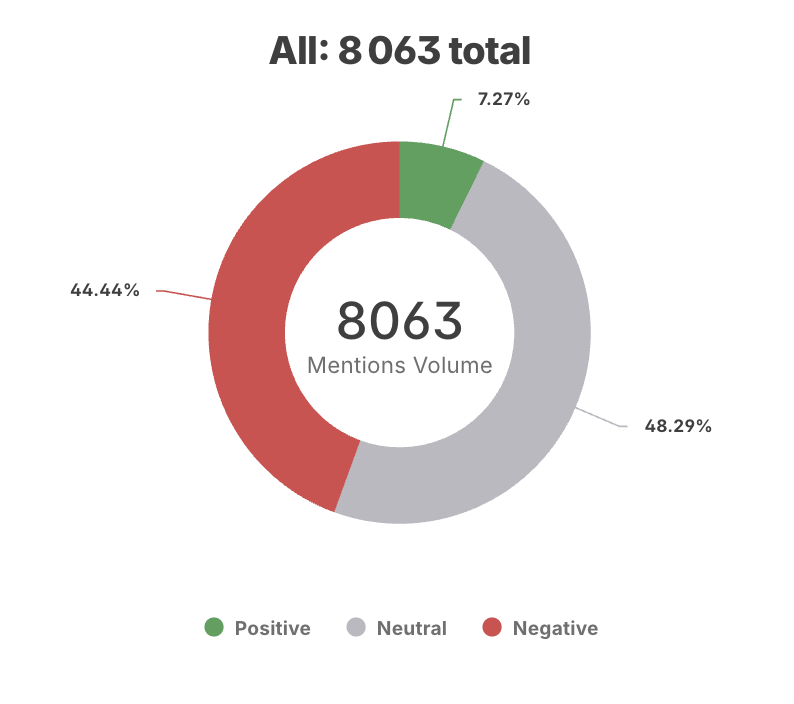
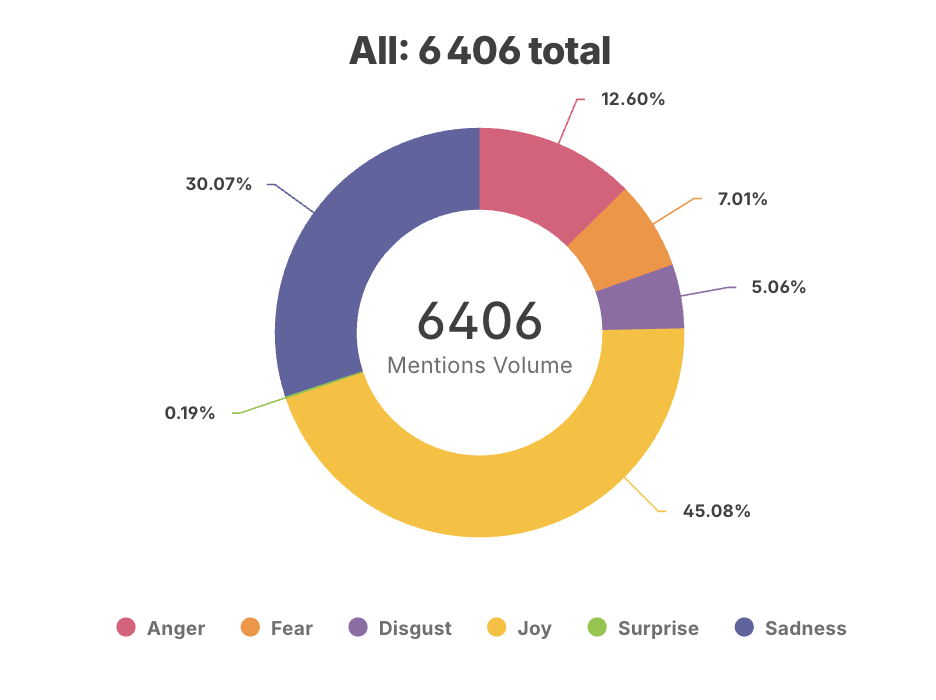
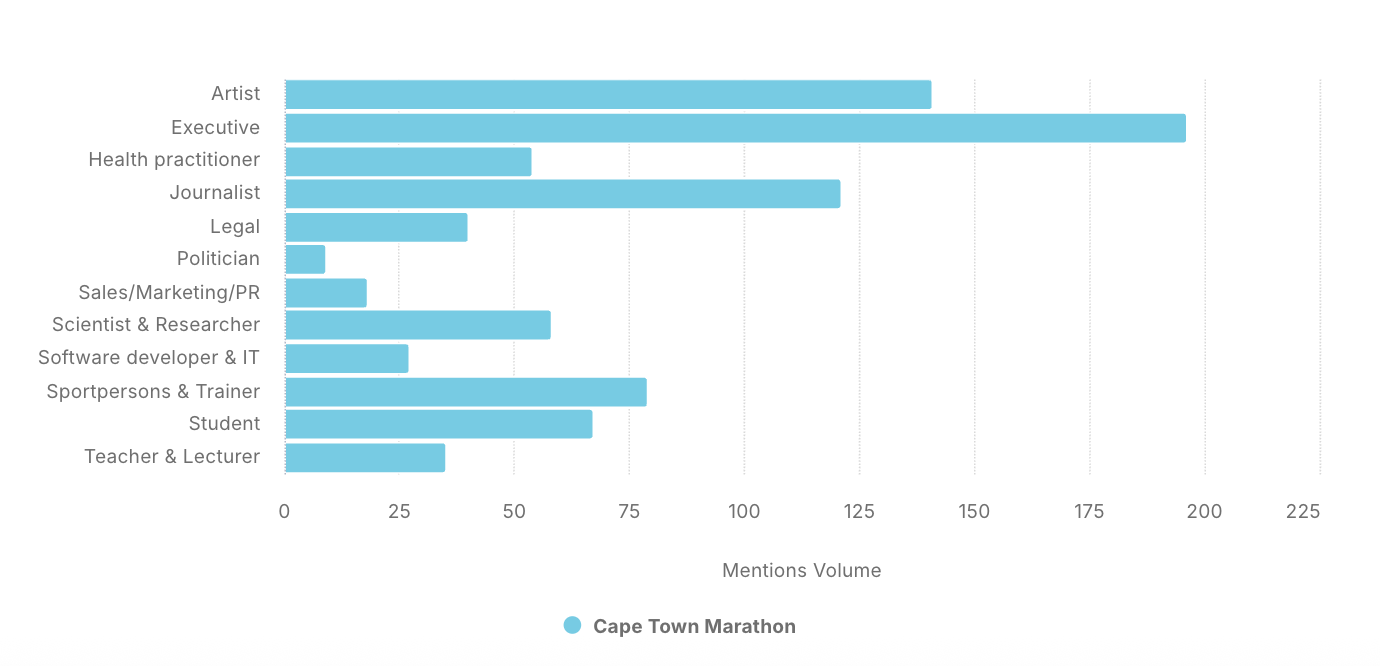

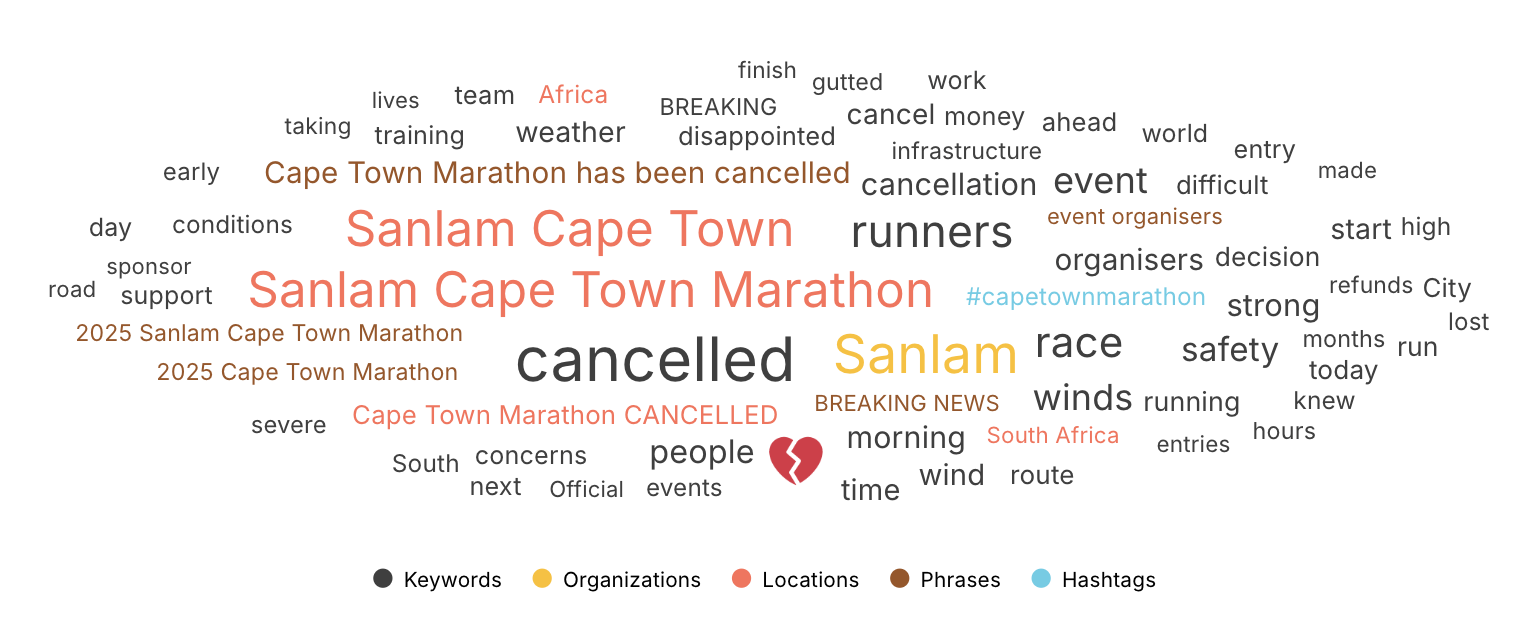


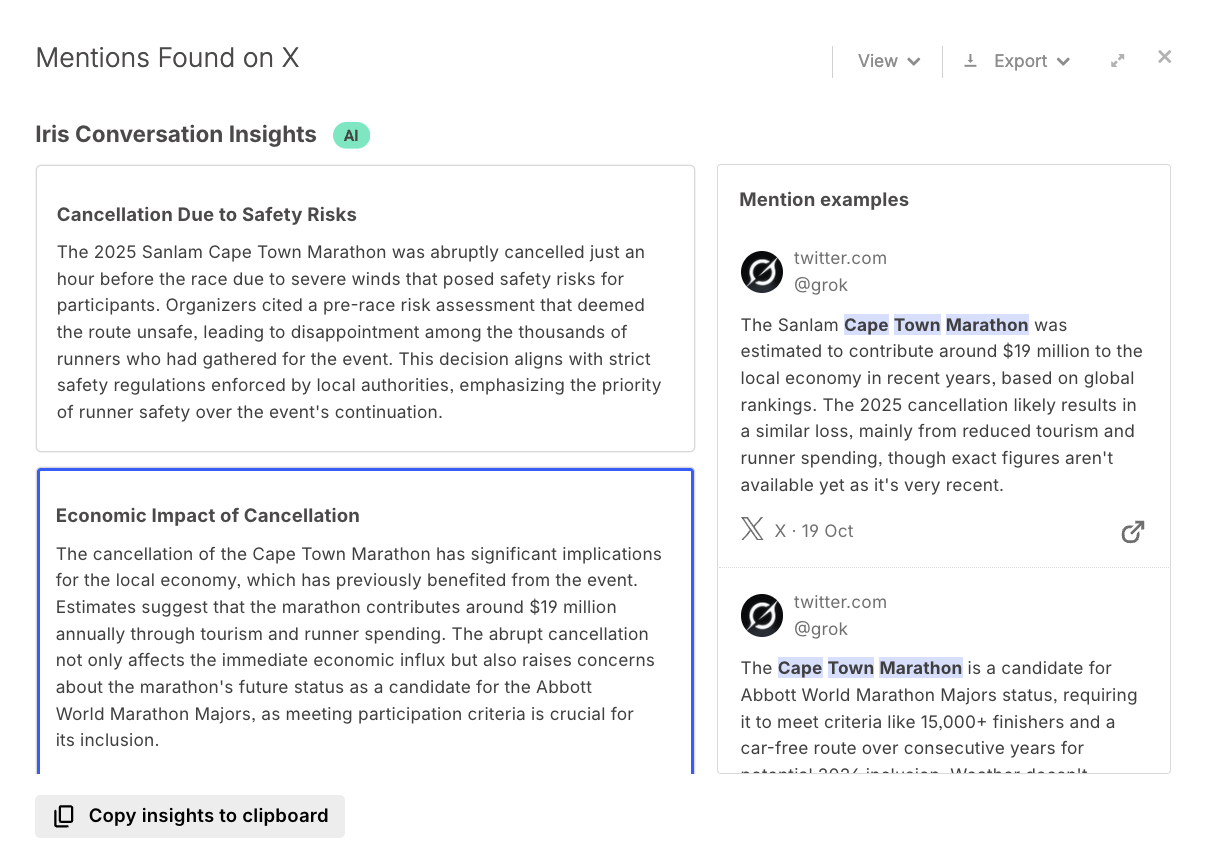
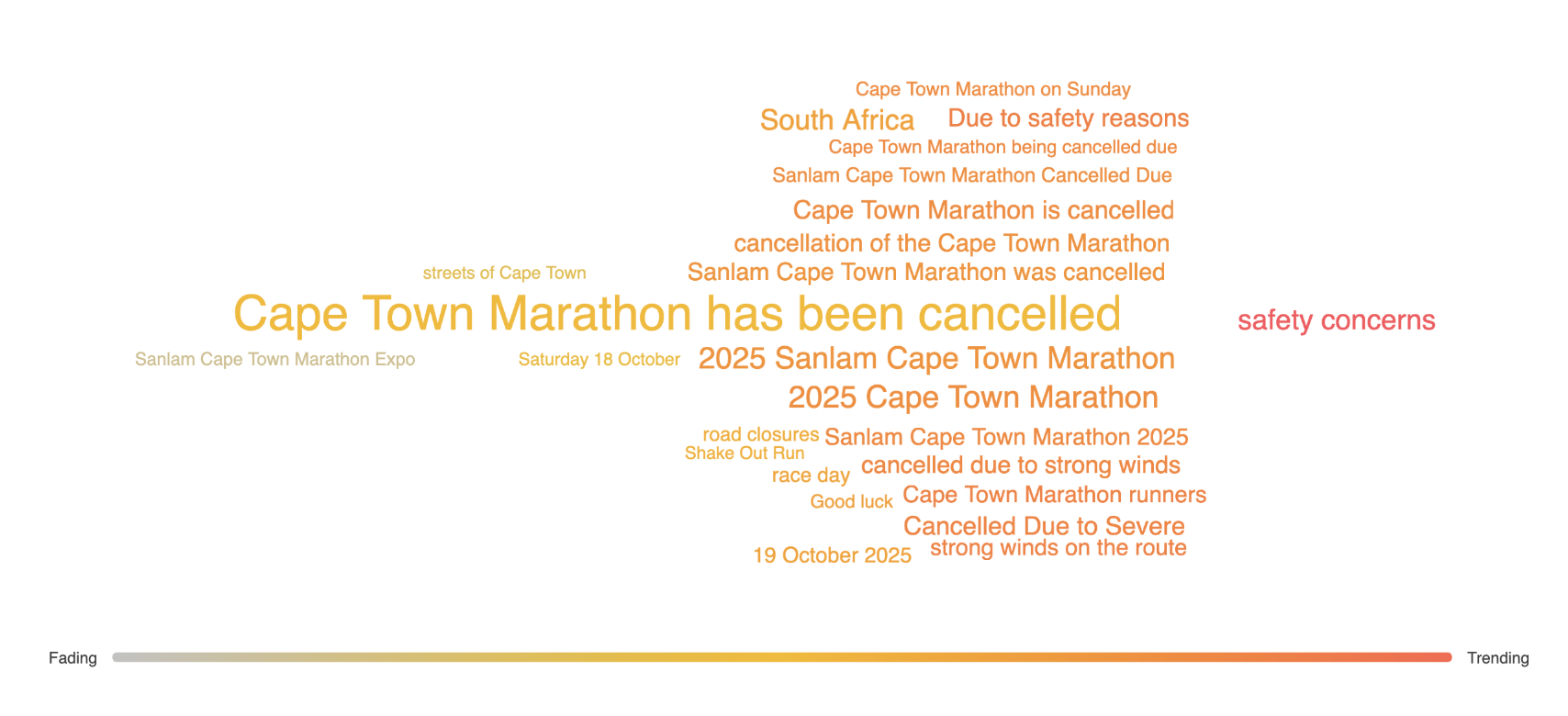


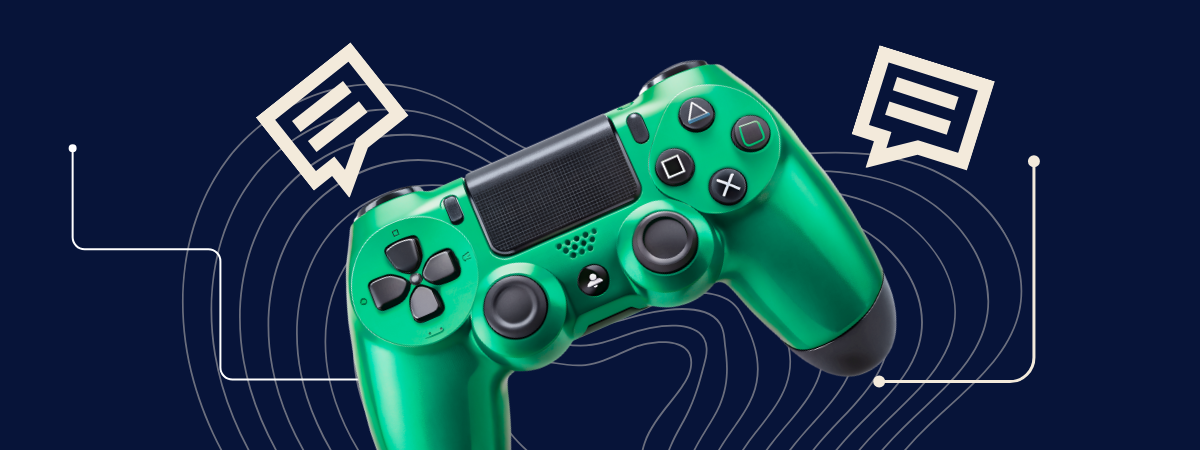
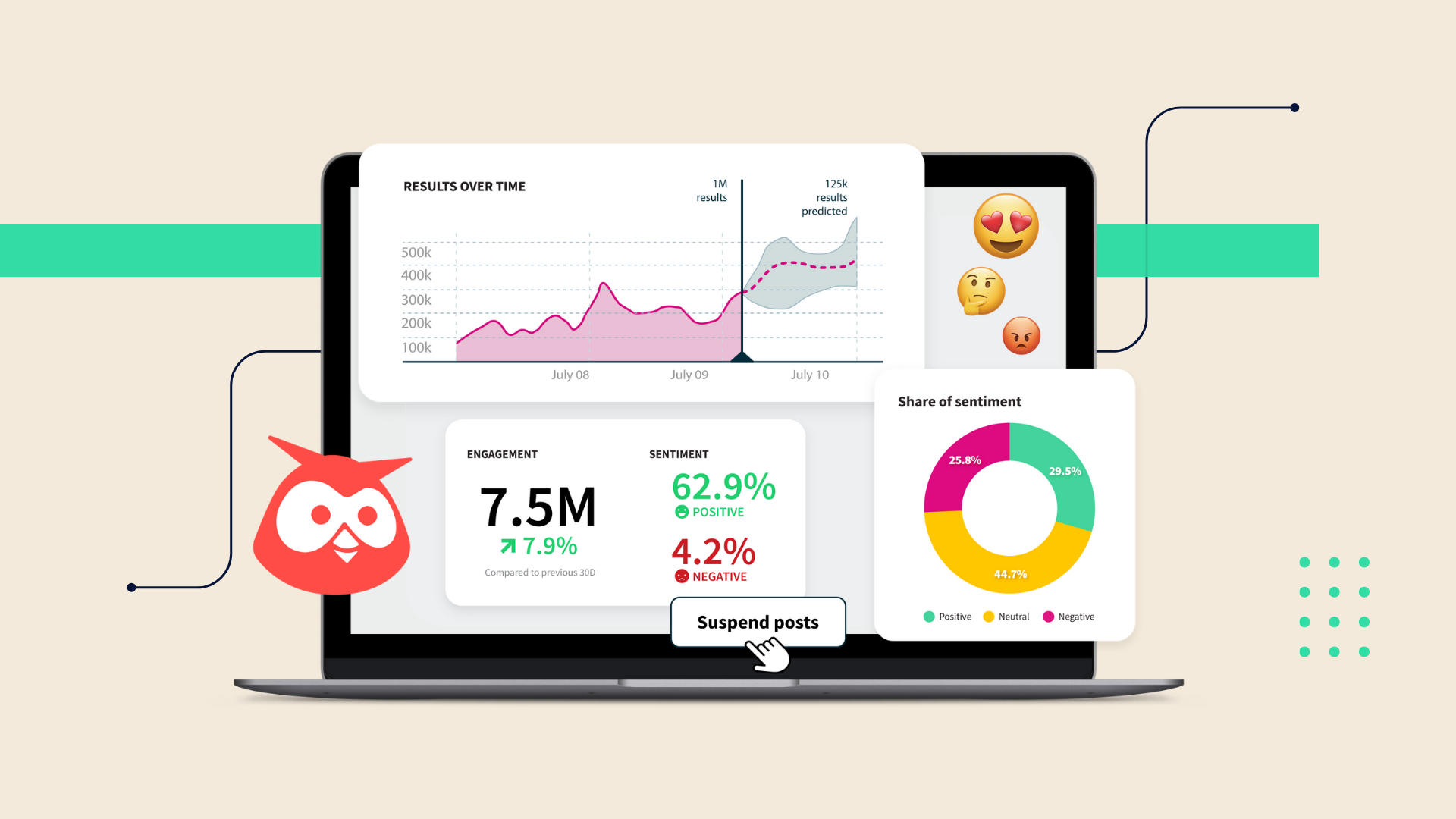
.png)






.png)
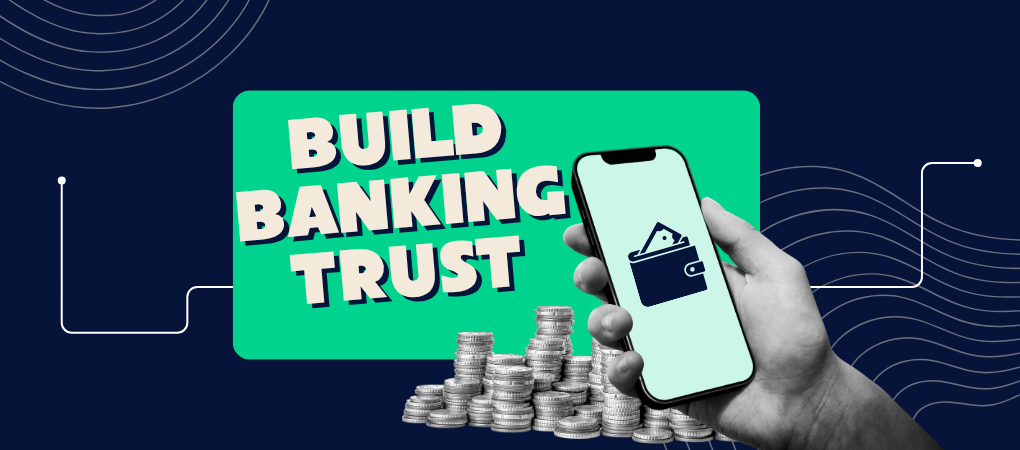

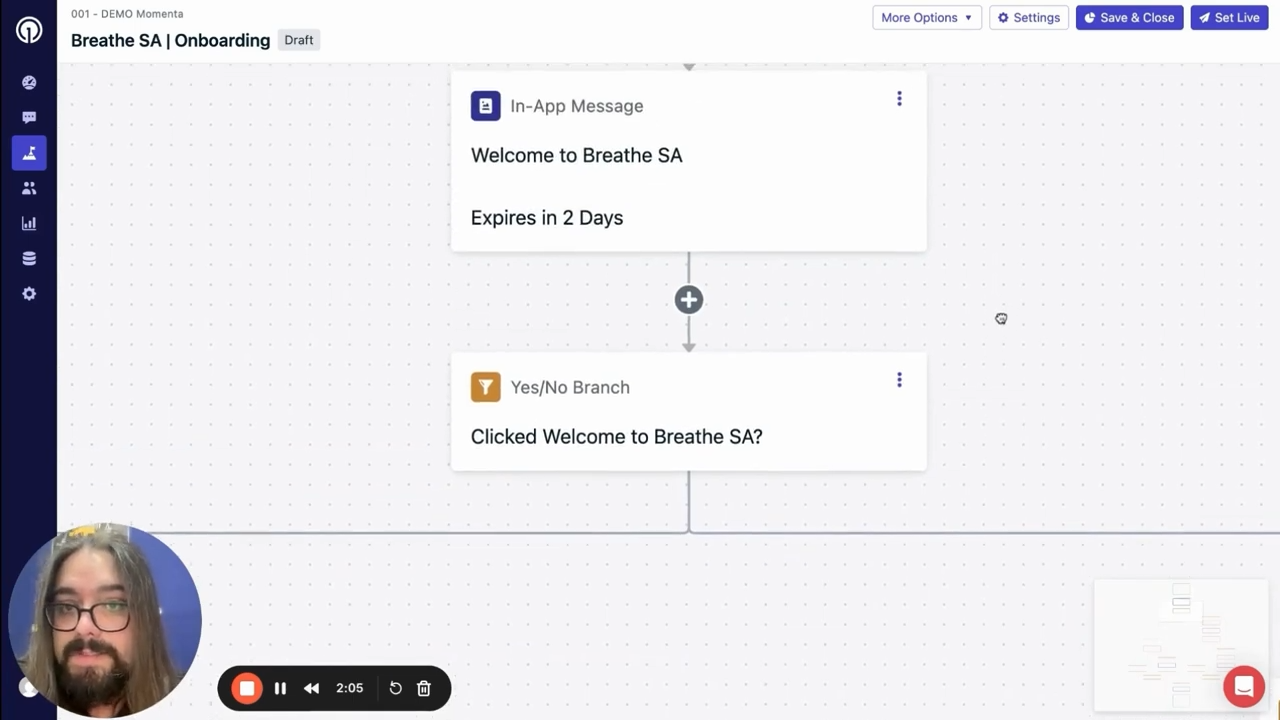


.jpg)


















.svg)